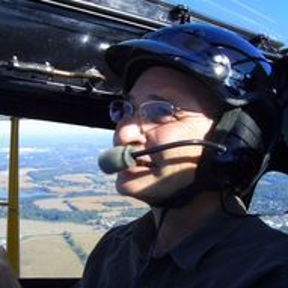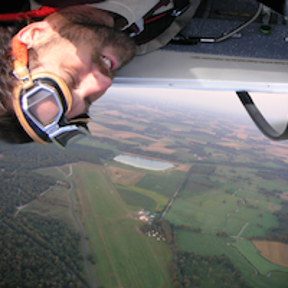Welcome to the Onshape forum! Ask questions and join in the discussions about everything Onshape.
First time visiting? Here are some places to start:- Looking for a certain topic? Check out the categories filter or use Search (upper right).
- Need support? Ask a question to our Community Support category.
- Please submit support tickets for bugs but you can request improvements in the Product Feedback category.
- Be respectful, on topic and if you see a problem, Flag it.
If you would like to contact our Community Manager personally, feel free to send a private message or an email.
help turning imported STL surface mesh into solid part
 georg_bühnert
Member Posts: 5 EDU
georg_bühnert
Member Posts: 5 EDU
Hi everyone,
I have a bit of a problem.
I built a boat using a ship design programme for a project at university.
Now I want to continue using it and convert the hull into a boat to use as an RC boat.
Is there a way to get such a STL mesh into a part?
I'm a bit out of my depth with my skills so if anyone can help that would be really great.
Thanks in advance
https://cad.onshape.com/documents/b6092195daadda0dcd1167ed/w/016b22b28e15751e7039e920/e/55c963aa6e25a04ce2da48ba
Best Answers
-
 glen_dewsbury
Member Posts: 1,234 PRO
glen_dewsbury
Member Posts: 1,234 PRO
Can open the linked part studio, For anyone in this group to view and make comments it needs to be made public.
0 -
 martin_kopplow
Member Posts: 1,102 PRO
martin_kopplow
Member Posts: 1,102 PRO
With the latest update that came out yesterday, you now have a new tool to create surfaces constrained by points. I believe this might be of great value when building clean surfaces on your imported STL model.
I just gave it a try, mostly out of curiosity for the new tool. I derived your hull model into a new document to enable the new constrained surface tool, for existing documents aren't yet updated.
It actually works, surprsingly well, also on your file, but to be brutally honest: Your STL model is of such evil quality that I wouldn't build a single thing upon it, but rather rebuild it from proper sections and guides. Because I'm curious: What was the name of that ship design application you used to create the hull and what was the objective which lead to this strange potato shaped hull?
1 -
 glen_dewsbury
Member Posts: 1,234 PRO
glen_dewsbury
Member Posts: 1,234 PRO
I couldn't get the original surface to mesh and had to split it. Bit tricky to thicken as well. Had to add a fillet to beak sharp edge along keel. The new constrained surface 🤗 sure helped. I have to agree with Martin on the quality of original STL surface.
2


Answers
Can open the linked part studio, For anyone in this group to view and make comments it needs to be made public.
depends on the mesh. you'll have to figure how to make your document available for others to see.
Okay now it is publick. https://cad.onshape.com/documents/b6092195daadda0dcd1167ed/w/016b22b28e15751e7039e920/e/55c963aa6e25a04ce2da48ba?renderMode=0&uiState=67d3ebfdf44ca37f3c2b0b4d
Okay the document is now public, have togth wit the link is is automnatilcy publick
With the latest update that came out yesterday, you now have a new tool to create surfaces constrained by points. I believe this might be of great value when building clean surfaces on your imported STL model.
I just gave it a try, mostly out of curiosity for the new tool. I derived your hull model into a new document to enable the new constrained surface tool, for existing documents aren't yet updated.
It actually works, surprsingly well, also on your file, but to be brutally honest: Your STL model is of such evil quality that I wouldn't build a single thing upon it, but rather rebuild it from proper sections and guides. Because I'm curious: What was the name of that ship design application you used to create the hull and what was the objective which lead to this strange potato shaped hull?
I couldn't get the original surface to mesh and had to split it. Bit tricky to thicken as well. Had to add a fillet to beak sharp edge along keel. The new constrained surface 🤗 sure helped. I have to agree with Martin on the quality of original STL surface.
https://cad.onshape.com/documents/f28e6c46ee519bb0f097d2bb/w/2f99b0196e2fd82df01209ea/e/cee5edbe6f3fe85fb09336dd
Thanks for the help, I have started to try and do it myself and failed.
Normally I use Delftship and Bentley to calculate the ships, it is mainly a calculation program for normal sized ships. So the triangles are not optimal for small curves. So not optimal for this ship, but I am comfortable with it.
The shape is not optimised for stability in waves, so it does not move that much. In the real world, the Ulstein X bows are the inspiration. They look fancy and have a lot of advantages in theory, if that is the case I want to test this model after 3D printing in the towing channel at the university.